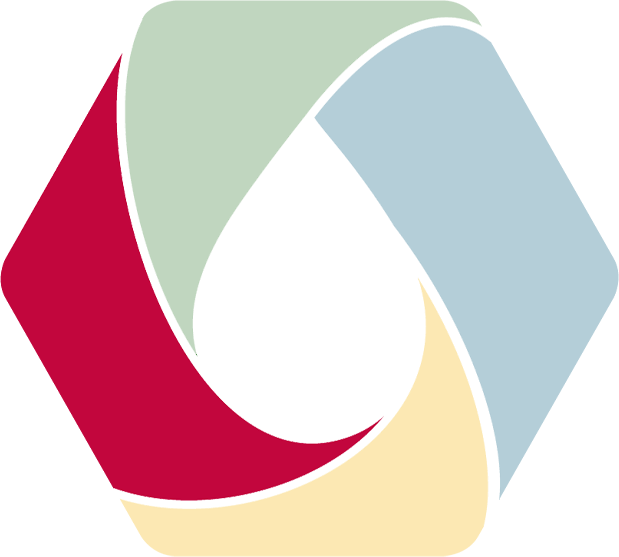
Ultrafiltration is a water purification process in which water is forced through a semipermeable membrane. Suspended solids and high molecular weight solutes remain on one side of the retention side, while water and low molecular weight solutes filter through the membrane to the permeation side.
The ultrafiltration system retains particles of macromolecules of the order of 0.1 µm, removing suspended solids, bacteria, viruses and elements with a physical size greater than its permeability limit from its affluent, this waste is concentrated in a saline flow that is discarded from the process.
Able to produce stable water quality independent of source water, has a compact physical footprint, removes 90-100% of pathogens, and requires no chemicals except for cleaning membranes. The membranes used in ultrafiltration require cleaning to prevent fouling with solids and microbiological agents such as microbes and algae. Separate contaminants condensed on the UF retention must be eliminated.
In ultrafiltration, the water or effluent enters first through the disc filter, which removes the coarsest solids, and then goes to the ultrafiltration system, where the feed water enters at its lower end in a rack where the ultrafiltration modules are connected. which are internally composed of a set of capillary fibers arranged longitudinally between their headboards, the water inserted there under the influence of a pressure from the outside to the inside, with controlled feeding at a maximum of 5.0 bar, crosses the porosity of the capillary fibers with a dimension of 0 .08 microns and converges to the ends of the modules where they are collected as filtrate and are directed to the reservoir of ultrafiltered water suitable for feeding others and the ultrafiltration cleaning. The concentrate resulting from this filtration accumulates inside the modules and is periodically rejected by the opposite end of the feed.
This waste is retained inside the module until the blower air cleaning cycle (Air Scour) is activated, the flow continues continuously for a few minutes (depending on the programming/flow), after this period the feed valve of the UF and permeate outlet valve is closed; and the reject outlet valve is opened to allow the passage of air that will direct the dirt retained by the membranes to the outside of the module, this cleaning with air takes place for a few minutes. The air sweep carried out to clean the modules for another few minutes at the end of each filtration cycle must be carried out by a compress.


Ultrafiltration removes bacteria from the water, which means that the water doesn’t need to be chlorinated at such high levels to guarantee its purity.

Ultrafiltration is a more efficient and economical water treatment technique than many other methods, which means that water treatment and distribution costs are lower.

Ultrafiltration removes impurities that can affect the taste, smell and appearance of water, improving its quality.

Ultrafiltration makes it possible to recycle used water, reducing drinking water consumption and contributing to the preservation of water resources.
